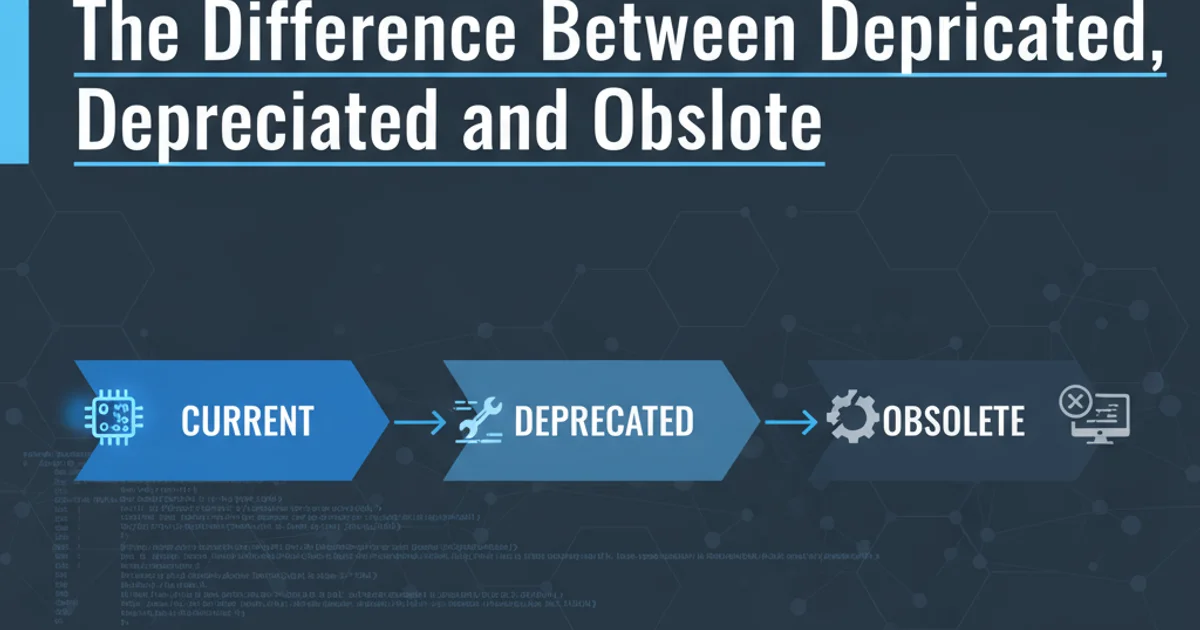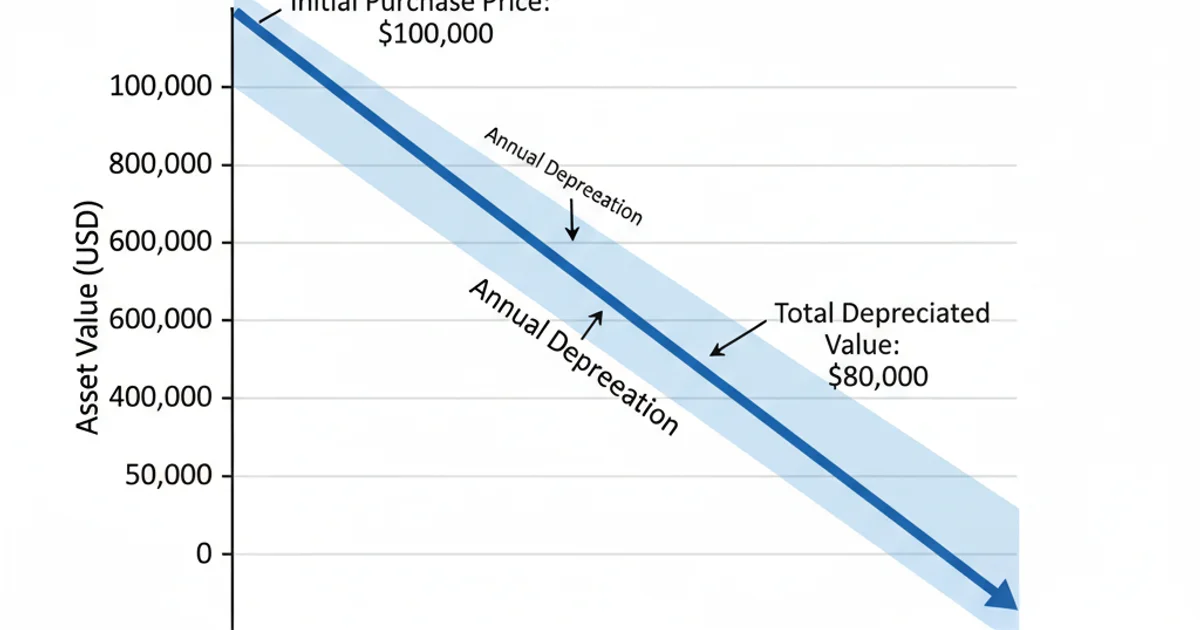The Difference Between Deprecated, Depreciated and Obsolete
Categories:
Deprecated, Depreciated, and Obsolete: Understanding the Nuances

Explore the distinct meanings and implications of 'deprecated,' 'depreciated,' and 'obsolete' in technology and business contexts, and learn how to respond to each.
In the fast-paced world of technology and business, terms like 'deprecated,' 'depreciated,' and 'obsolete' are often used interchangeably, leading to confusion. While they all suggest a decline in relevance or utility, their precise meanings and implications are quite different. Understanding these distinctions is crucial for developers, product managers, and business stakeholders to make informed decisions about software, hardware, and processes.
Deprecated: A Warning, Not a Removal
'Deprecated' primarily applies to software features, APIs, or practices. It signifies that a particular element is still functional but is no longer recommended for use. Developers are advised to stop using it in new code and to migrate existing code away from it, as it may be removed in future versions. Deprecation is a forward-looking warning, giving users time to adapt.
flowchart TD
A[Feature Introduced] --> B{Still Recommended?}
B -- No --> C[Feature Deprecated]
C --> D{Still Functional?}
D -- Yes --> E[Warning Issued]
E --> F[Plan for Migration]
F --> G[Future Removal Possible]
B -- Yes --> ALifecycle of a Deprecated Feature
// Example of a deprecated JavaScript function
/**
* @deprecated Use `newFunction()` instead.
*/
function oldFunction() {
console.warn('`oldFunction()` is deprecated. Please use `newFunction()` instead.');
// ... old implementation ...
}
function newFunction() {
// ... new, improved implementation ...
}
Code example showing a deprecated function with a warning.
Depreciated: Economic Value Decline
'Depreciated' is primarily an economic and accounting term. It refers to the decrease in the value of an asset over time due to wear and tear, obsolescence, or market conditions. This term is commonly used for physical assets like hardware, machinery, or vehicles, but can also apply to intangible assets. It reflects a loss of economic value, not necessarily a loss of functionality.

Illustrative graph of asset depreciation over time.
Obsolete: No Longer Useful or Supported
'Obsolete' signifies that something is no longer produced, supported, or useful. It has been superseded by newer, better alternatives or its original purpose no longer exists. Unlike deprecated items, obsolete items are typically not functional in modern contexts or lack critical support, making them impractical or impossible to use. This applies to software versions, hardware models, or even entire technologies.
flowchart TD
A[Current Technology] --> B{Newer Alternative Available?}
B -- Yes --> C[Technology Becomes Obsolete]
C --> D[No Longer Supported]
D --> E[No Longer Produced]
E --> F[Replacement Required]
B -- No --> AProgression to Obsolete Status
In summary, 'deprecated' is a warning for future removal, 'depreciated' is about economic value loss, and 'obsolete' means it's no longer viable or supported. Recognizing these differences helps in managing technology lifecycles effectively and making strategic decisions.